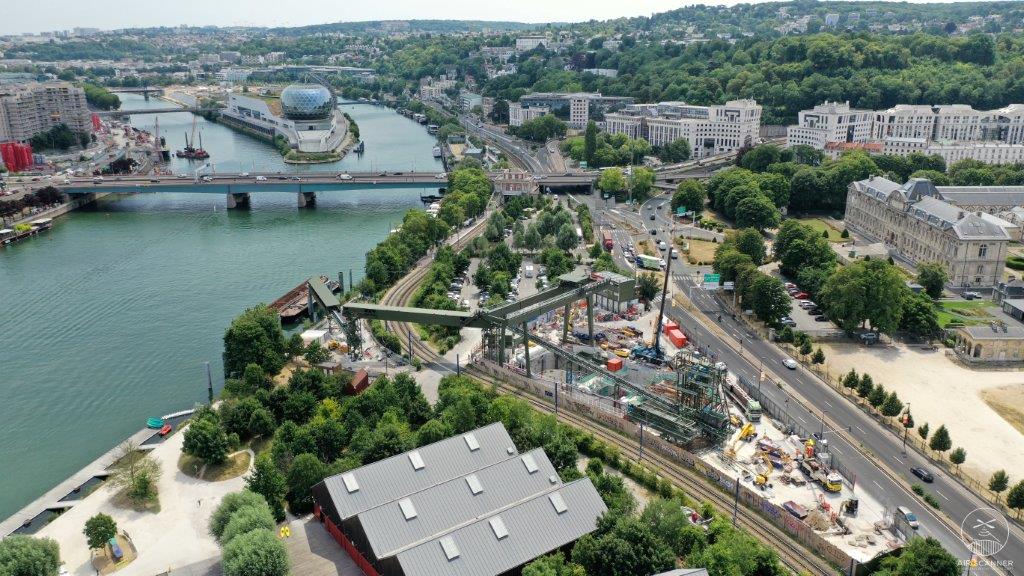
Air quality: housing’s new priority
3 minutes of reading
We are what we eat, but we are also what we breath: more than 15 kg of air every day! And most of that air quality comes from confined spaces. We spend more than 80% of our time inside with many pollutants. New constructions could well bring a breath of fresh air…

Indoor air is up to 10 times more polluted than outdoor air. We are exposed to harmful volatile organic compounds that cause pricking eyes, sneezing, fatigue, throat irritation, headaches, coughing, allergies, respiratory and heart disease, reduced work productivity, increased absenteeism and reduced attention in classrooms. The impact on individuals is so great that indoor air quality has become a major global concern called the “sick building syndrome”. And this type of pollution has increased in recent decades, with the use of more synthetic building materials, among others.
IAQ: an increasingly monitored parameter
With the imminent application of the RE 2020, “Indoor air quality will be increasingly tracked, monitored and controlled. Regular measures will be required to prove indoor air is healthy. Calls for tenders already feature financial penalties if certain pollutants exceed thresholds set in contracts in the operating phase,” explains Xavier Gauvin, Expert in Uses of Technology and Innovation for the Innovation and Sustainable Development department of Bouygues Construction. Indoor air quality is an issue for all buildings, but buildings used for young children are already subject to regulations that require monitoring of certain pollutants. Offering healthy housing is no longer an option. And it’s everybody’s problem! Scientific studies clearly show that there is an impact on health even though adverse effects may take several years to appear. Things are changing…and will continue to change significantly. Here are three things to remember about the current situation.”- Renewing indoor air: essential even in new buildings
- RE 2020/health crisis… the winds of change
- An obligation to provide a certificate for an existing ventilation system. Why? Almost 50% of DVC systems are incorrectly installed according to CEREMA*.
- Favour highly energy efficient DVC systems that allow for high rates of air renewal while being very energy efficient.
- Increasing air quality is a choice
More reading
Read also




What lies ahead? 7 megatrends and their influence on construction, real estate and urban development
Article
20 minutes of reading

